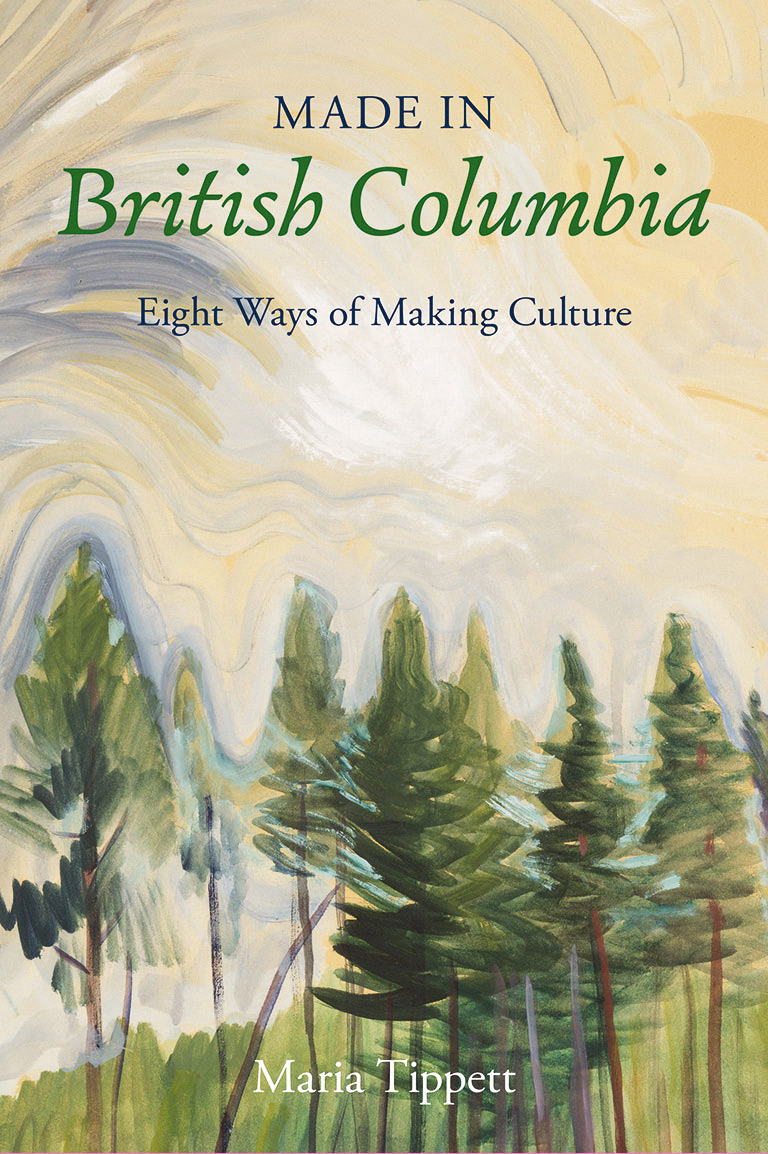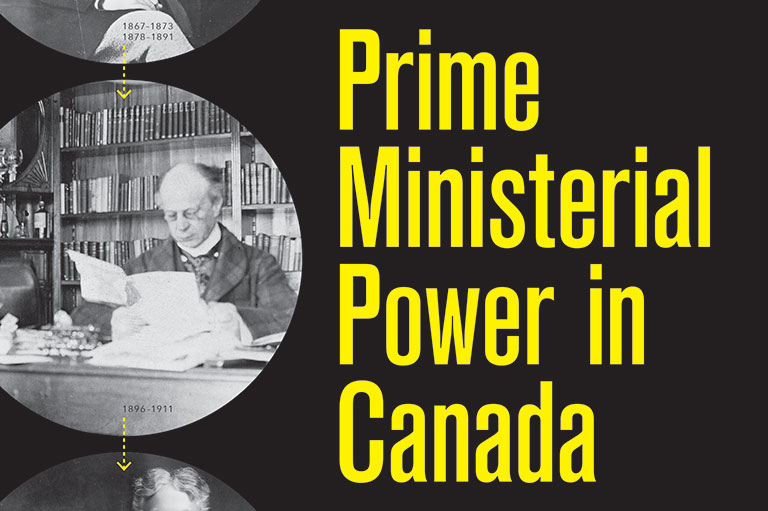Made in British Columbia

Made in British Columbia: Eight Ways of Making Culture
by Maria Tippett
Harbour Publishing
272 pages, $32.95
Over the last three decades, historian Maria Tippett has written more than a dozen books about Canadian arts and culture, including award-winning biographies of artists Emily Carr and Bill Reid. In her latest book, Made in British Columbia: Eight Ways of Making Culture, she returns to Carr and Reid and considers them alongside six other “cultural producers” with ties to the province she now calls home. Her goal, as explained in the epilogue, is to tell “the story of how British Columbia’s culture was shaped during the twentieth century.”
The book begins slightly before Tippett’s target century, with an Englishman who became “British Columbia’s most famous architect of the province-building era from the 1890s to the end of the First World War.” Francis Mawson Rattenbury arrived in B.C. in 1892 and began work on his most illustrious commission, the young province’s new legislative buildings, a year later. He went on to design numerous other landmarks throughout the province, most notably the Empress Hotel in Victoria, before returning to England in 1930. Although his continuing fame results partly from his sensational death — he was murdered by his wife’s lover in 1935 — there’s no doubt that he left a lasting mark on the province’s architectural character.
Tippett devotes one biography-style chapter to each of her eight subjects, sketching out a loose chronological progression through to the 1990s, where she ends the book with another architect, Arthur Erickson. In between, we meet novelist Martin Grainger, painter Emily Carr, writer and editor George Woodcock, playwright George Ryga, composer Jean Coulthard, and sculptor Bill Reid. Tippett’s writing is scholarly and extensively footnoted, a boon for those who wish to dig deeper. In the first four chapters, she frequently employs anecdotes and colourful historical details that lighten the tone and provide momentum. Unfortunately, these elements are largely absent from the latter half of the book, in which the accounts tend to read more like professional resumés, albeit impressive ones, than stories.
The blurb on the back jacket asks, “Is there such a thing as British Columbia culture, and if so, is there anything special about it?” and it tells us that Tippett’s answer to this “broad question [is] an assured ‘yes!’” Yet nowhere in the book does she actually offer a definition of B.C. culture or explain what’s special about it. In the epilogue, Tippett alludes to the influence of “the province’s unique geography and its relative isolation from the rest of the world,” but she gives equal attention to the “various way in which cultural impact came from outside of the province” — from the epiphany about forests that Carr experienced while studying in England to Japanese and Arabic influences on Erickson’s architectural style. Ultimately, she seems content to let readers come up with their own explanations based on the eight biographies.
Nor does Tippett address the question of why she selected these particular culture makers as her subjects: six men and two women, most of them from relatively privileged backgrounds (Ryga is the notable exception), all but one of them white (Reid was half Haida). To her credit, she does grapple with the disparity in cultural opportunities for twentieth-century British Columbians, noting that “such inequities influence the way that our cultural history is written and who is chosen for attention.” Because of social prejudices, talented individuals like Chinese-Canadian photographer C.D. Hoy, Tsimshian diarist Arthur Wellington Clah, Mennonite violin-maker Heinrich Friesen, and Japanese-Canadian artist Takao Tanabe were “silently excluded from the narrative,” or denied a chance to gain early recognition, Tippett says. But she doesn’t explain why she chose to perpetuate this Eurocentric view of the arts in her own narrative. As interesting as Tippett’s eight culture makers are, I was left craving a more encompassing examination of British Columbia’s unique cultural roots.
Themes associated with this article
Advertisement




